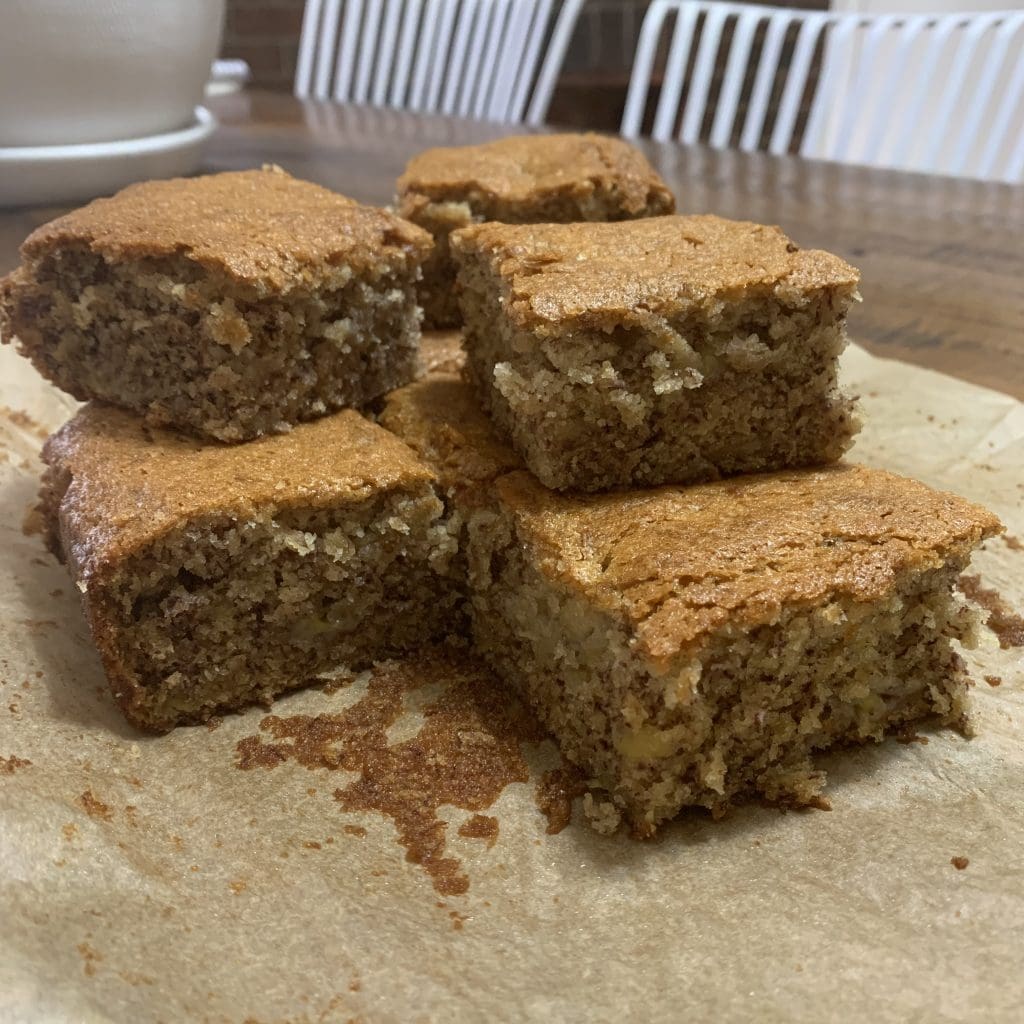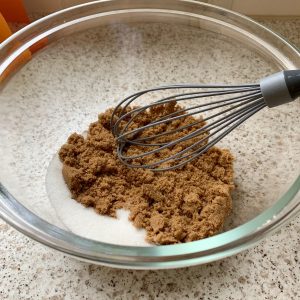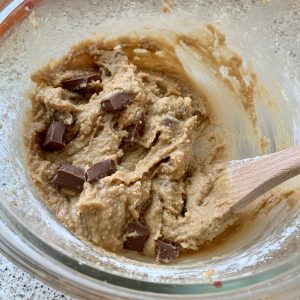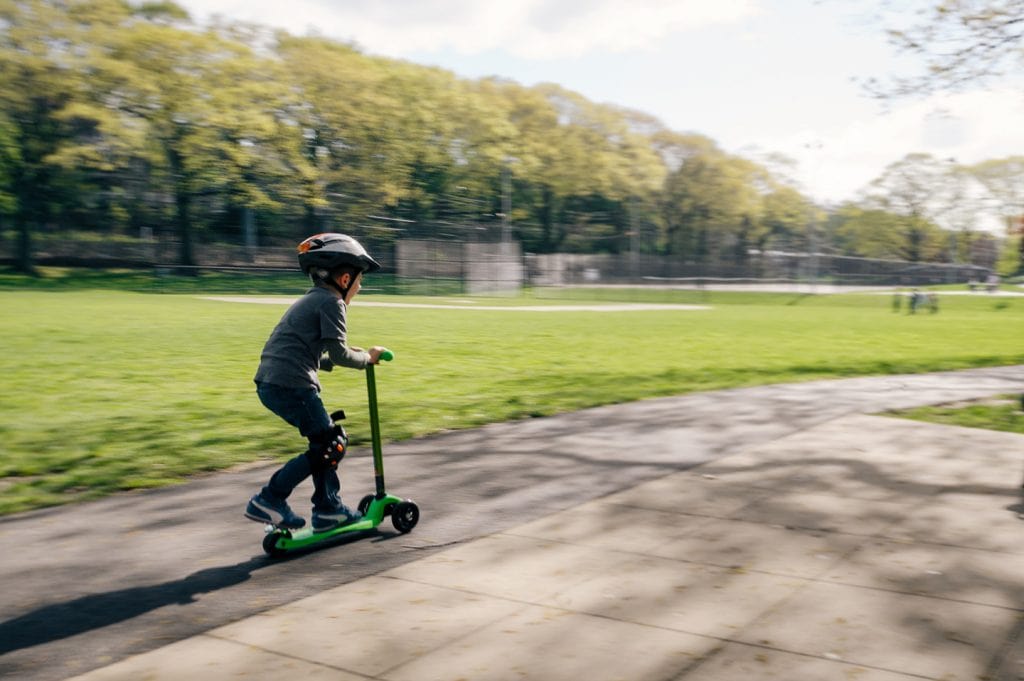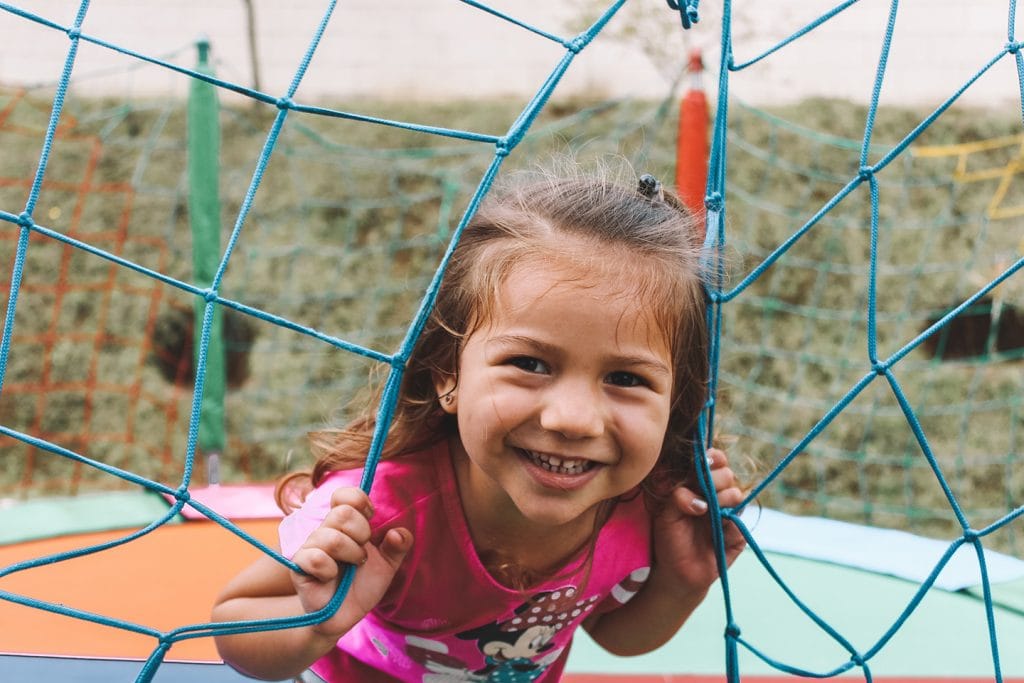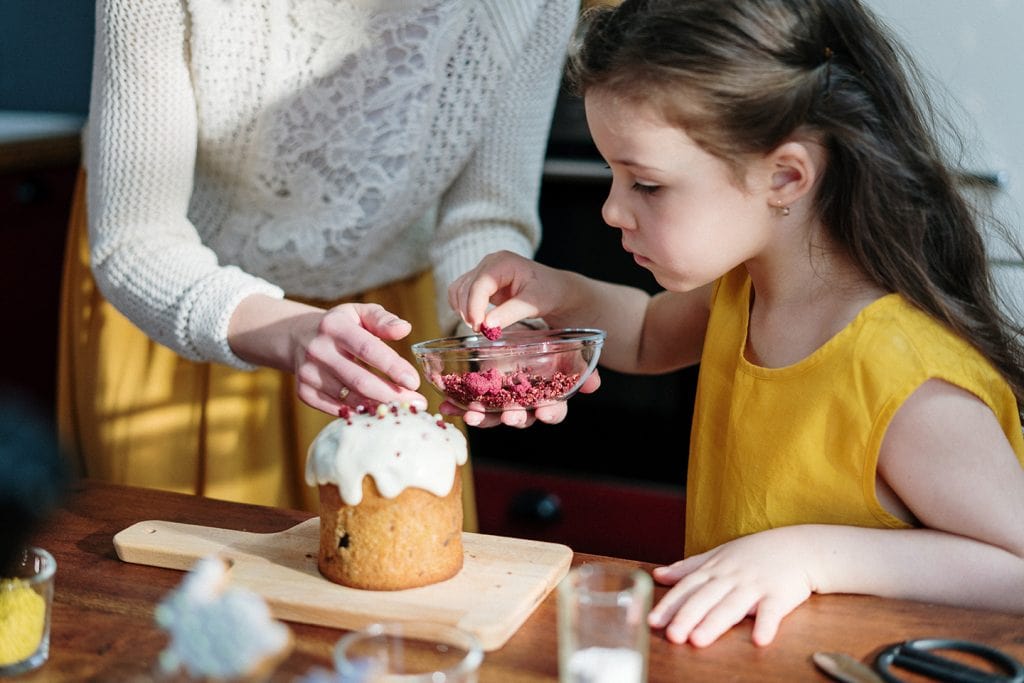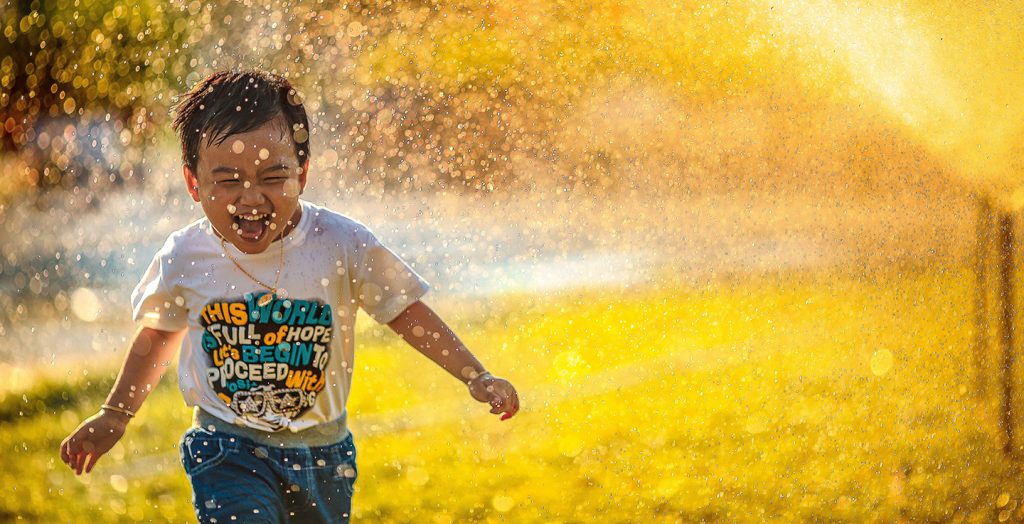Quiet time is as important as play time
Kids need quiet time as much as they need play time.
Children have intense energy and curiosity, and benefit physically from having breaks to recharge. Quiet time also helps them emotionally reset, which in turn helps them manage their emotions.
The rewards:
- Improves learning… short breaks to restore clarity and calm can help children focus more on learning
- Encourages reflection… slowing down, unpacking thoughts and reflecting on the day helps set aside any overactive thoughts
- Enhances creativity… there’s nothing quite like dreaming up a great new idea
- Increases independence… unstructured quiet time, much like free play, allows a child to work on their sense of independence and find what works for them
- Promotes mindfulness… learning to be being present helps kids feel better equipped to handle anything life throws their way.
Great activities for quiet time:
- Reading
- Colouring
- Building toys (LEGO for example)
- Quiet music
- Puzzles
Putting children in front of a screen is not recommended (even though they have their uses in certain situations!). Children will benefit far more from relaxing, engaging activities that let them recharge their bodies while completing a calming task.
Starting slow is key — if you set the clock for 10 minutes and your toddler successfully plays quietly for that whole time, then they will feel like they accomplished something. If you set it too long at first and they come out over and over — they will feel like they can’t play for that long on their own.
Visit our blog for more articles.
Quiet time is as important as play time Read More »


